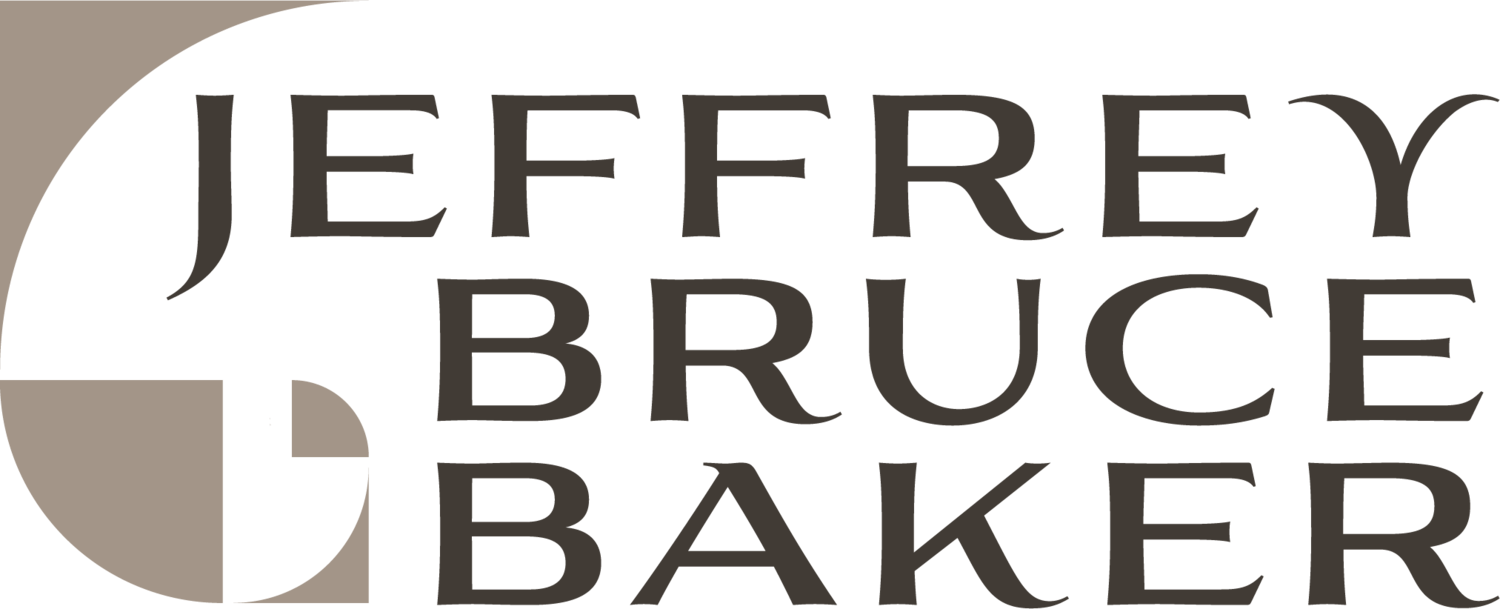Principle 2: Design to Mitigate Water (rain) and Pollution Runoff
In Atlanta, we have the unique challenge of balancing the amount of building/hardscape coverage with the amount of permeable surfaces for a project. When it rains in Atlanta, it’s easy to find flash flooding, rain flows resembling level 5 river rapids flowing down streets, overwhelmed storm drains, and creeks that look like rivers. The flooding disables the city and pollutes our water sources.
The devastating effects of the flash flood can be mitigated through an increased focus on changes to runoff velocities and volumes, and proper urban growth planning. Architects can play a big role in managing water runoff for cities. Architects must continue to educate themselves on how to design highly effective rain collection and distribution designs and systems to help alleviate water runoff. The basic idea is to keep your storm water on your property and to let it slowly percolate into the ground on your property versus running off to your neighbors and onto the streets. Just being a good neighbor! Jeffrey Baker, our lead architect and designer, was severely impacted by the flood in 2009 (see images by clicking here) and takes runoff mitigation very seriously, and therefore we continually research to understand the best designs and systems that will optimize:
water capture and reuse;
water infiltration to minimize flow at the outlet;
maximum water quality;
and become a design feature.
We come up with a concept for creative and architecturally expressive ways to manage water then work with our Civil Engineer to calculate and design solutions. Examples include: letting roof runoff be expressed by throwing it off a roof through a modern steel angle (a modern “gargoyle”), then capturing the thrown water in decorative and architecturally expressive river rock vessels that lead to cisterns. We may also use water chains, or create bog gardens collaboratively with landscape architects, paired with surface collection, below grade water collection, grates, drains, and holding tanks. These solutions all lead to an exciting and interesting way to mitigate water pollution. I think of every code and environmental issue as an opportunity to create cool designs!


